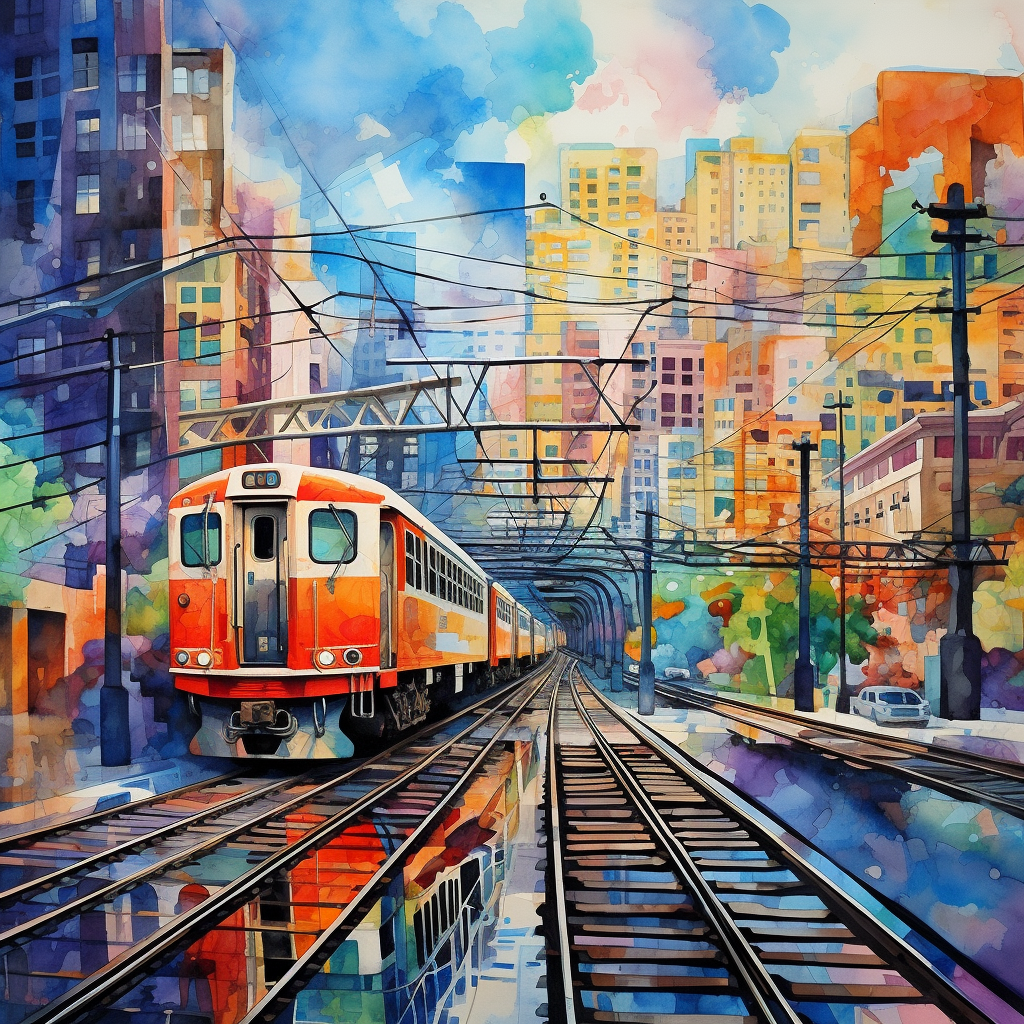Virtual Humanity- By Purusha Shirvani
——————————————————————————————————————–
March is the month of COVID 19. Around March, schools across the United States and in dozens of other countries were officially and abruptly closed. March 11, 2020, was the day that the WHO finally classified COVID-19 as a pandemic.
With the sudden and unexpected start of a worldwide pandemic, the international community was thrown into disarray and uncertainty. We weren’t ready. Abruptly thrown into a virtual world, we needed to adapt and change our beliefs. We often talk about how things will go “back to normal,” but nearly a year after the start of the pandemic, the world has changed it’s norm forever. Never before have most students (and some teachers!) attended school in their pajamas, or the workplace been one click away. “Hanging out with friends to grab a bite” has changed to “zoom parties” and “have your own food!”
No longer are the majority of our interactions face-to-face. Never before have work meetings and school presentations been interrupted by younger siblings, children, and pets. Massive buildings put out for rent because there’s not a single soul in them. Workplaces with empty parking lots and hospitals with lines stretching to the next city. Children unable to tell apart our expressions because our masks cover them. These are aspects of culture, and by extension, humanity.
Albert Einstein once said, “It has become appallingly obvious that our technology has exceeded our humanity,” and he was right. Classes, concerts, meetings, parties, reunions, and even exercises are now available by simply clicking on a link. None of these could previously be accepted into our culture. The change in our routines and personal lives can actually be a blessing in disguise. We can use this as an opportunity to redefine and shape our humanity to match the technology we have today. This will bridge the gap between what we are right now and a virtual humanity.
The interesting thing is that the whole world is experiencing the same things and moving in the same direction. Maya Angelou once said, “It’s good to remember that in crises, natural crises, human beings forget for awhile their ignorances, their biases, their prejudices. For a little while, neighbors help neighbors and strangers help strangers”. When the National Health Service in Britain sent out a call for help regarding COVID 19, it took less than 24 hours for half a million people in the country to volunteer.
This is the first time the entire world has faced the same problems, regardless of race, gender, or background. Although tragic, it is a tragedy that unites us. Our nation came together in a moment that could have broken us. We face a common enemy through our challenges and difficulties, one that we all want to vanquish. This is why scientists are combining a Russian and British vaccine to produce results better than any one of them could alone. This is why the World Health Organization, along with dozens of developed countries, is directing COVAX, a program aimed at fair and equitable vaccine distribution to countries that need it most, despite lack of resources or funds. It is an incredibly rare opportunity to see over 173 countries unite to produce something that benefits everyone.
We have gained some very costly experience over the past year, but this marks our rapid and forced transition to a new age of humanity; an age of virtual humanity. It’s a “sink or swim” situation, and humanity as a whole has always been tenacious.
——————————————————————————————————————–





